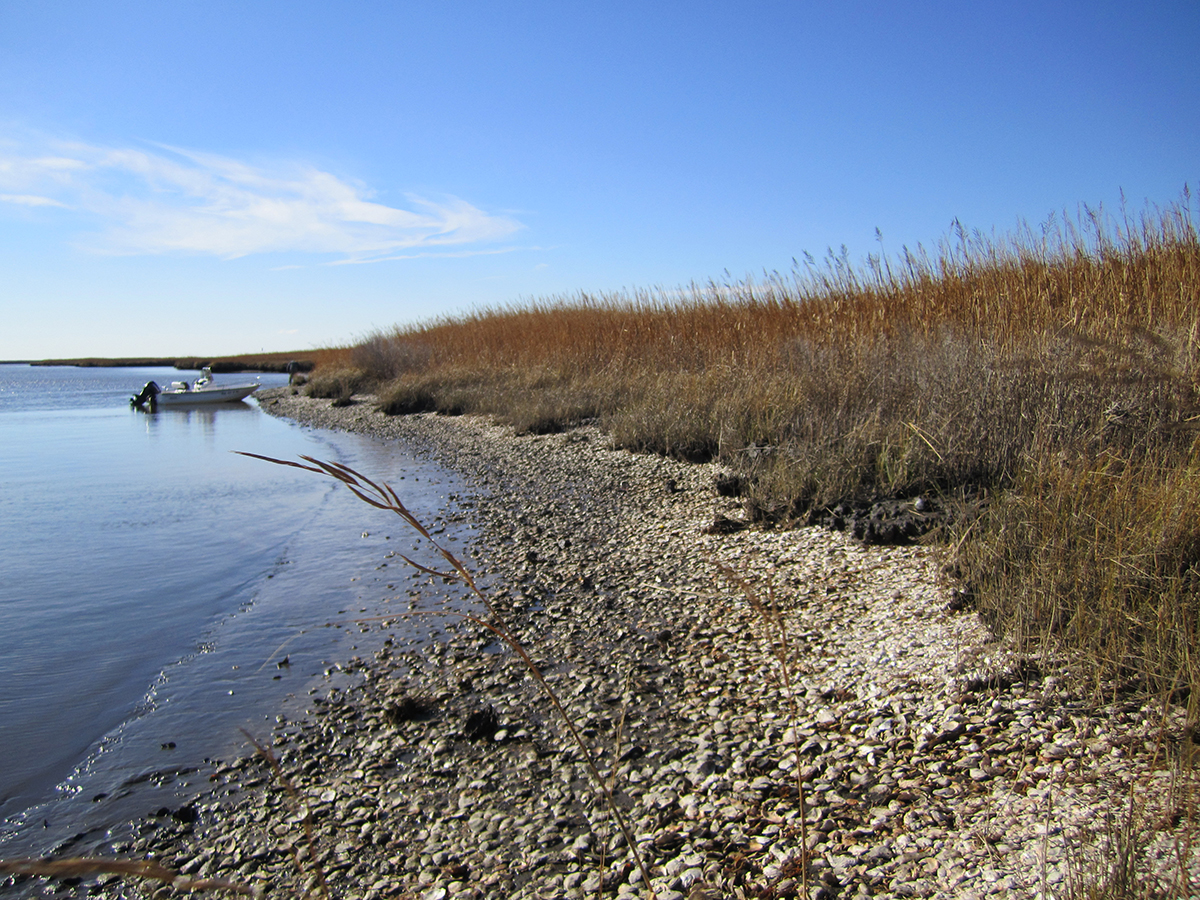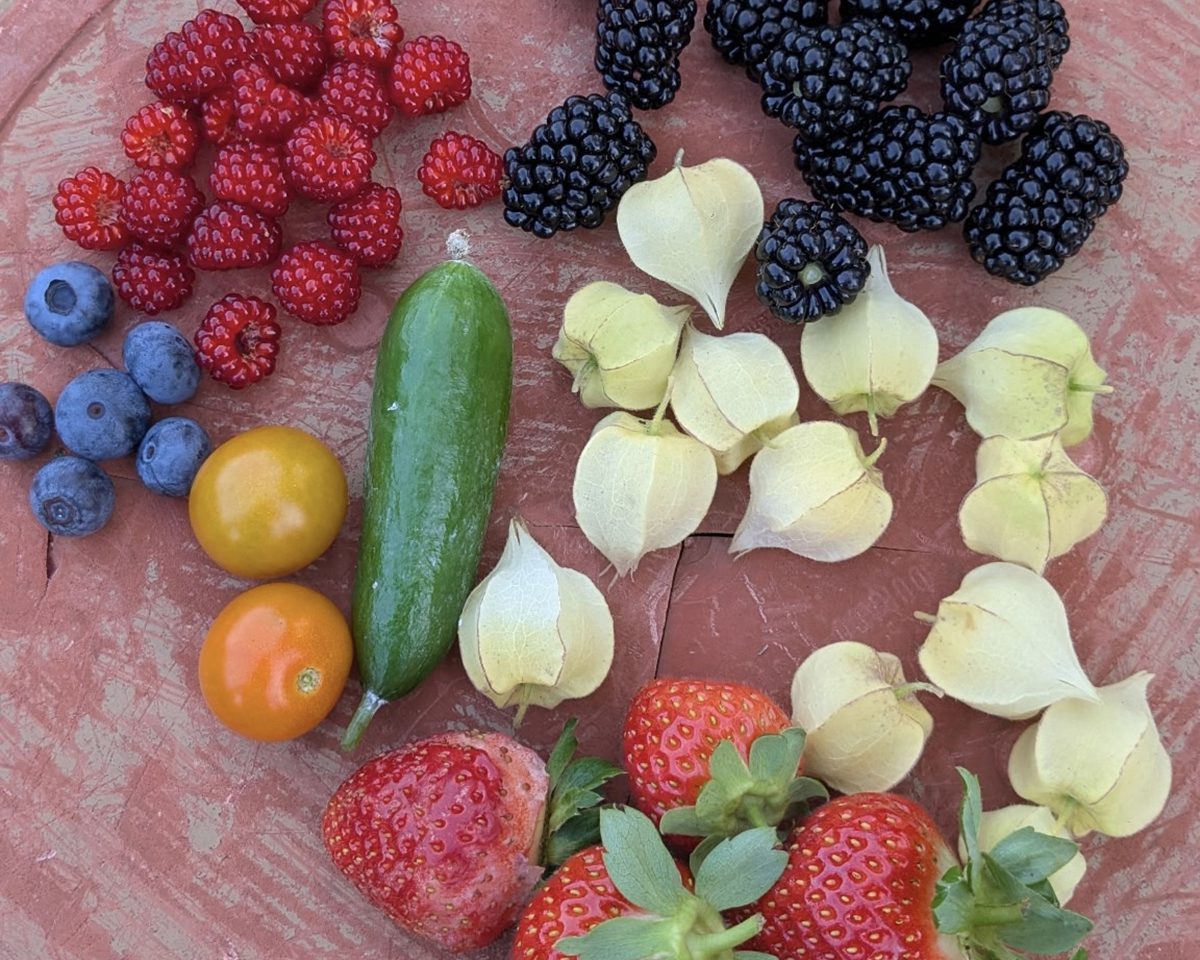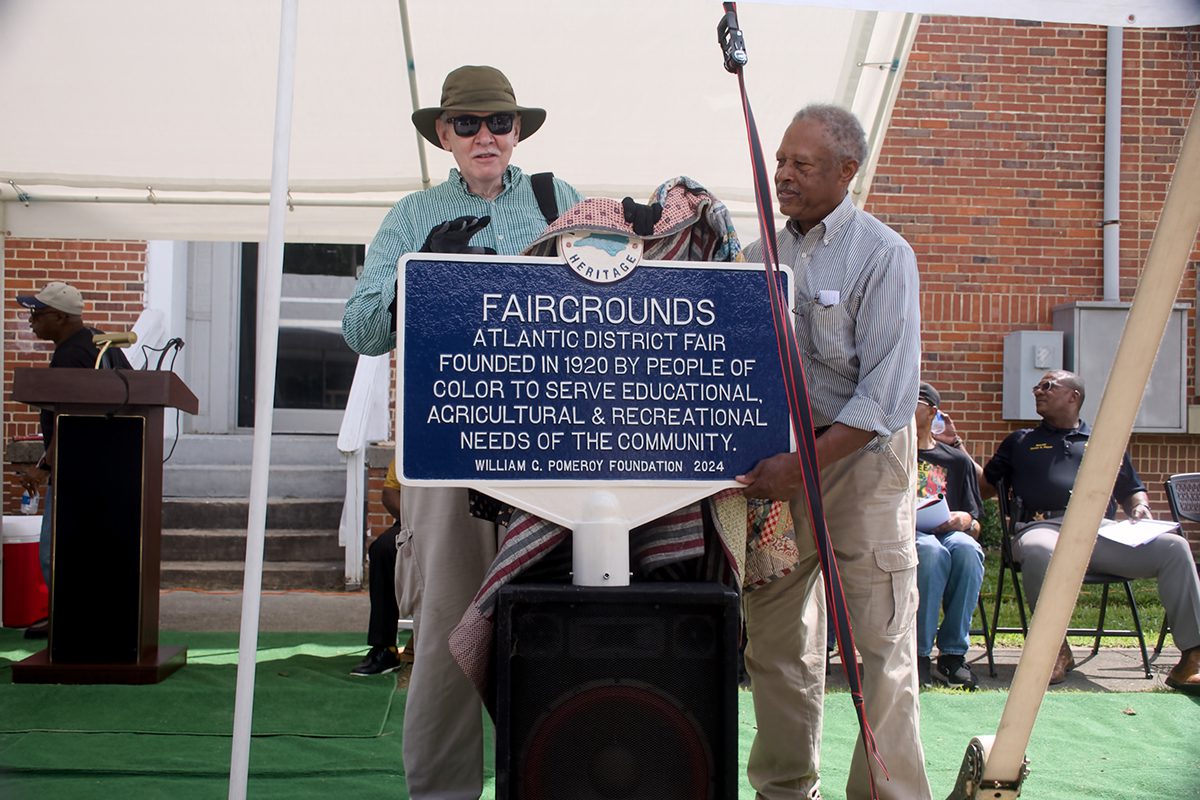
Indigenous peoples in North America and Australia sustainably harvested oysters for thousands of years before colonials moved into coastal areas, according to a newly released archaeological study.
The study, released Tuesday, makes the case that the future of oyster management lies in big part in Indigenous communities of the past.
Supporter Spotlight
“One of the takeaways I really hope that biologists and members of the public get from this is that Indigenous peoples in North America and Australia and, really all over the world, have long histories with their local ecosystems and that includes oysters,” Torben Rick, curator of the Smithsonian Institution National Museum of Natural History’s North American Archaeology Department of Anthropology and co-author of the study, told Coastal Review. “To effectively steward or manage oysters in the future I think the first thing we need to do is broaden the dialogue, widen the table and involve Indigenous communities in discussions about how to manage oysters in the future.”
The history of the critical decline of North America’s oyster populations after colonists settled in the early 1600s is a well-known, well-documented story.
Overfishing, development, wetland loss and steadily declining water quality are among the culprits that have led to today’s great decline in oyster reefs and oyster populations sitting at historic lows.
Written records tell us the numbers of oysters harvested, where they were harvested and their market value dating back to the early 1700s.
But that information is limited to colonial, capitalist economy oyster fisheries.
Supporter Spotlight
“As a group of archaeologists working in these regions, we always thought there’s so much more to this story,” he said. “We knew there were Indigenous peoples in these areas for thousands of years prior to that who were harvesting oysters.”
What do their stories have to offer us? How can they, as archaeologists, paint a more wholistic picture?
They started by picking up on a study published in 2004 that examined the history of oyster fisheries in eastern and western North America and part of Australia after colonists moved into coastal areas on those continents.
“For Indigenous fisheries, we don’t have that kind of information,” Rick said.
For one, Indigenous peoples were engaged in oyster harvesting in a much different fashion than capitalist economies, he said. And there aren’t many written accounts of Indigenous oyster fisheries. What remains is some ethnohistory and historic accounts and Native American oral tradition.
“But really the way we understand past oyster harvest is looking to archaeology,” Rick said. “We often don’t know about it, but literally right underneath our feet are archaeological sites that are a testament to Indigenous peoples’ use of the landscape that persist through communities that are here today.”
All around and along our coasts, written in the landscape, are historical records that span hundreds to thousands of years of indigenous oyster harvests.
They’re called middens, mounds of shellfish, fish and deer bones and plant remains — all the things Indigenous peoples were harvesting from the landscapes around them.

There are literally thousands of middens up and down the Atlantic Coast.
Many are small and ephemeral. Others, such as those in Crystal River, Florida, are massive.
For a long time, archaeologists referred to middens as trash pits, a false characterization, Rick said.
Middens were deeply intertwined with Indigenous peoples’ ceremonial and ritual lives. These sites embody their daily activity.
By pairing historical written data with what they excavated at the sites, archaeologists were able to glean that different indigenous communities used oysters in different ways. In Georgia and South Carolina, for example, Native Americans used oyster shells as a form of engineering to construct shell rings, curved shell middens next to estuaries.
Such massive mounds of oyster shells, also found in the San Francisco Bay, show that Indigenous peoples had practices in place to steward and manage oysters.
“They persisted,” Rick said. “They don’t collapse like we see in the historic period. They don’t get dramatically affected by overharvest and that’s not to say there wasn’t overharvest in the past because there are localized examples, but on a large time scale people were doing and living in a way that they were able to harvest these sustainably over a long period of time.”
North Carolina is not included in the study. That’s not because middens do not exist here, Rick said, but rather because there is not as much published information about the archaeological sites in this state.
Bonnie Newsom, an assistant professor at the University of Maine and a member of the Penobscot Indian Nation, knew before she took part in this study that Indigenous peoples had sophisticated systems of food procurement for millennia.
“What I learned through doing the research to help with this paper is that it wasn’t just a short period of time,” she said. “I think, for me, one of the things that I took away with the work was to realize that it is something that has not faded away or is gone, it’s just changed over time.”
Indigenous peoples in Maine have a strong birch bark tradition, one that harvests bark in a way that doesn’t damage the tree.
“I like to tell people that if indigenous people were not sustainable in their efforts there would have been no birch here,” Newsom said. “In some ways I feel like it’s the same thing for oysters. If they hadn’t practiced these kind of sustainable harvest methods for millennia there wouldn’t have been any here for people when they came here. I think there’s a lesson in that that when we’re thinking about our future generations, we need to make decisions for them, not for our current purposes.”
She cautions that, while it is important to engage Indigenous peoples in that conversation, it needs to be done in a way that benefits Indigenous communities.
“I think what has to happen is there has to be some sort of partnered agreement where everybody benefits from working together on managing oysters better,” she said. “The first thing is building relationships around this topic and all topics and then coming up with a way to make sure that everybody is recognized for their contributions.”







